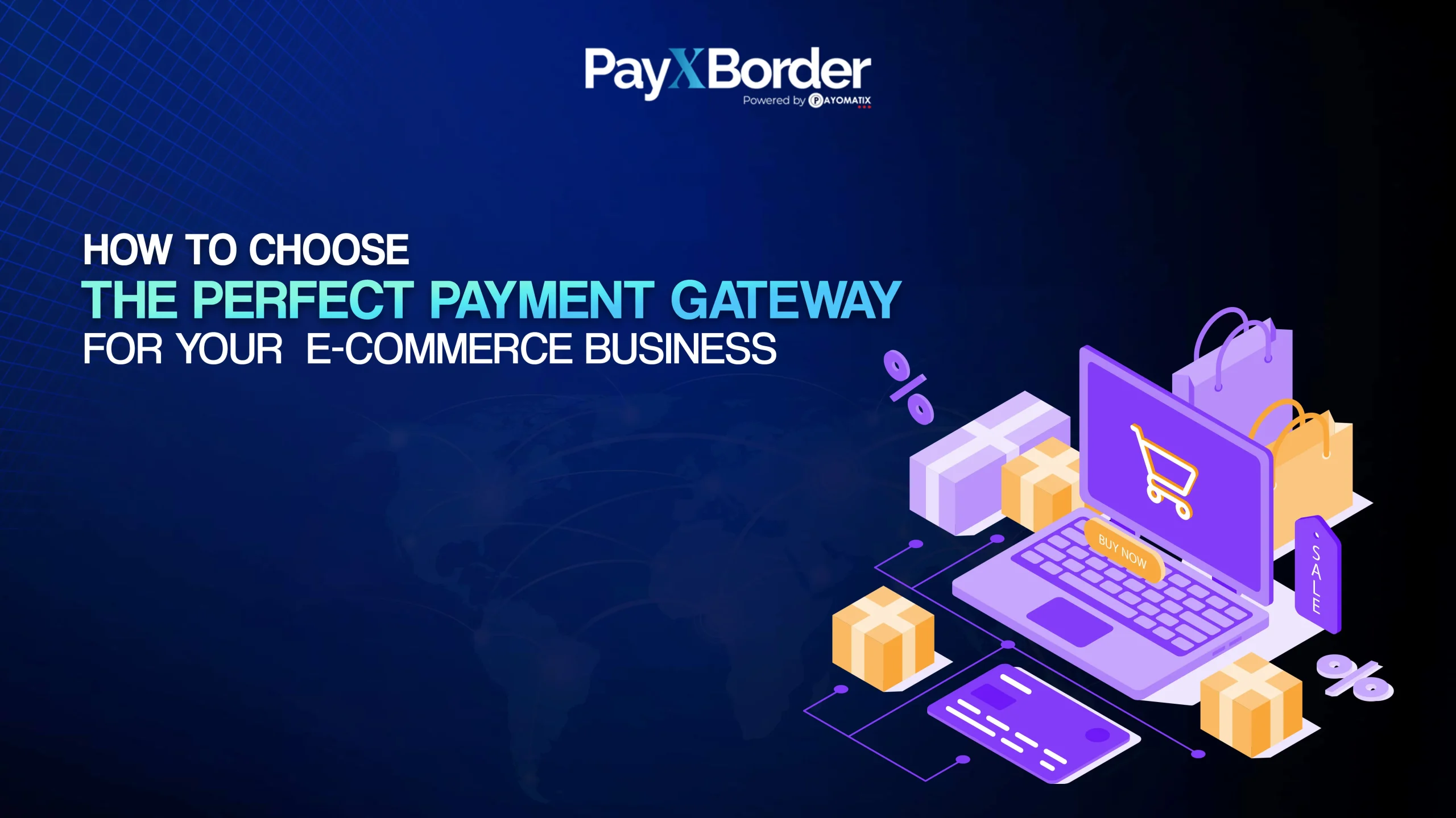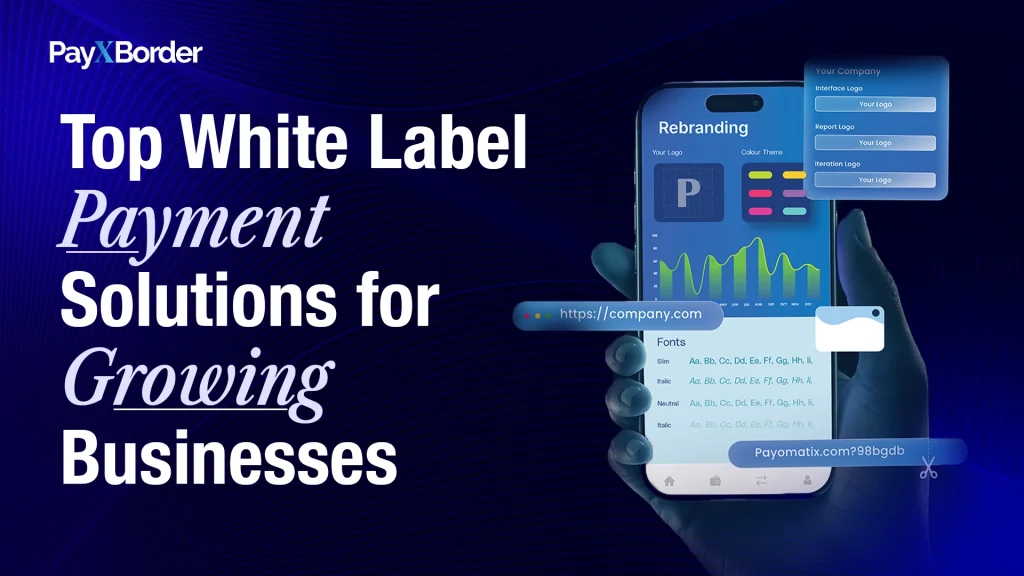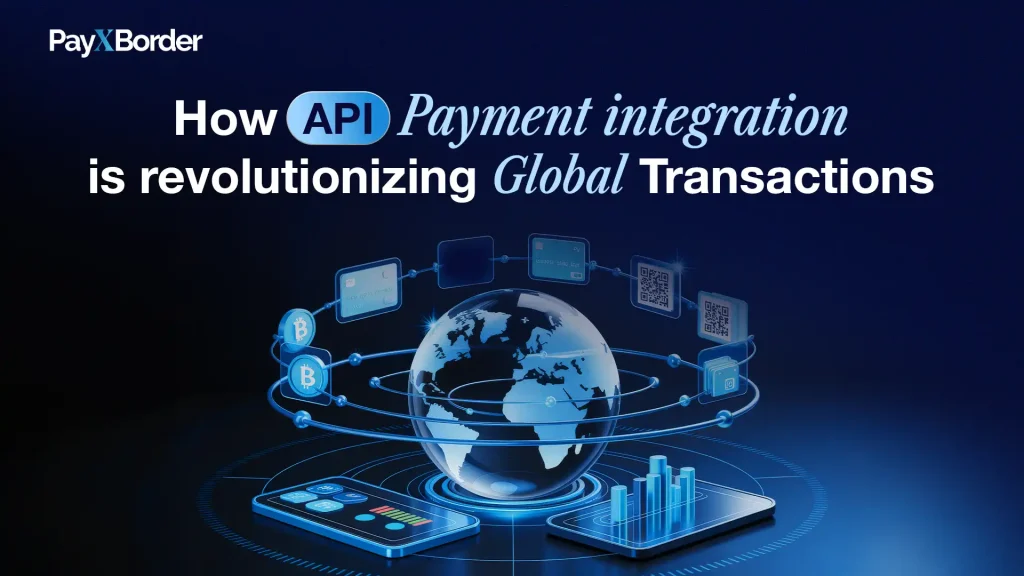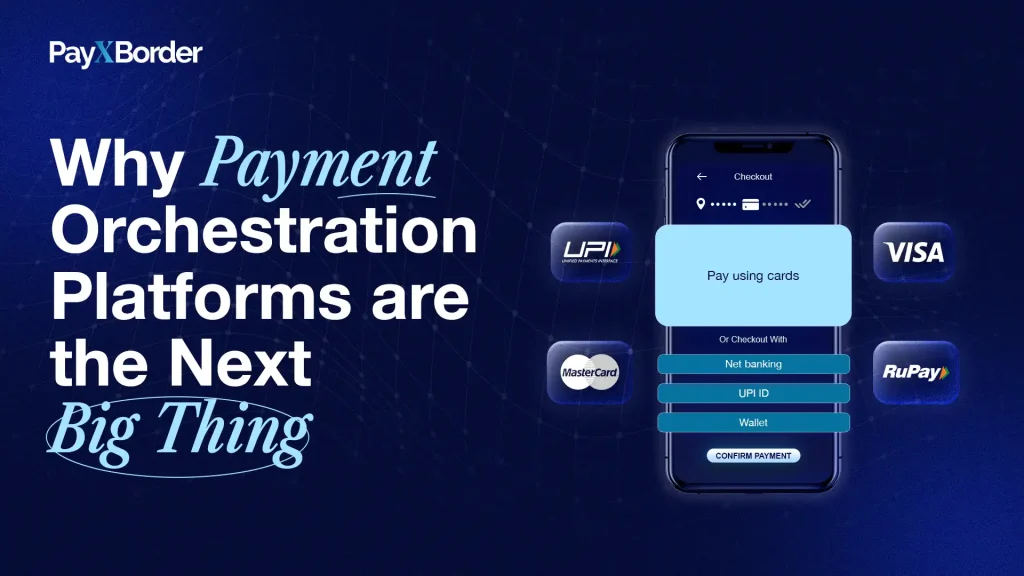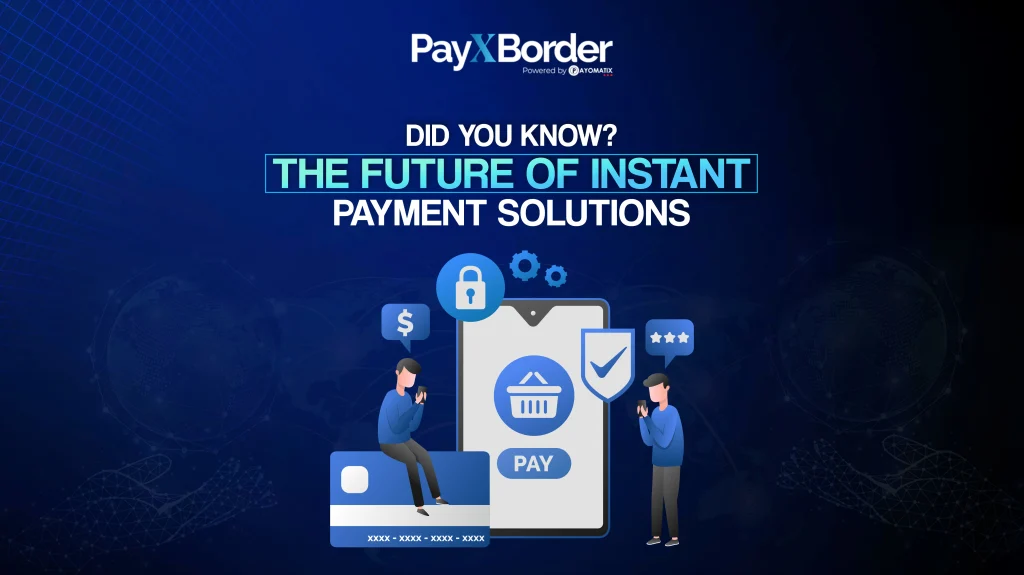Your E-commerce is global—but is your payment gateway ready?
The e-commerce boom has opened the doors for small and large businesses to sell to customers around the globe. But to truly succeed in a competitive digital marketplace, having a well-optimized product page or fast delivery isn’t enough. One of the most critical decisions you’ll make is choosing the right Ecommerce Payment Systems to process your customers’ transactions seamlessly.
When customers reach the checkout page, their experience must be frictionless. The moment there’s a delay, extra fee, or lack of their preferred payment method, you risk losing the sale. This is where selecting the right payment gateway becomes a business-critical move.
In this guide, we break down the factors that make a payment system reliable, secure, and scalable—and how platforms like PayXBorder provide everything you need to run a global eCommerce business efficiently.
Why Ecommerce Payment Systems Matter More Than Ever
A payment gateway acts as the bridge between your eCommerce store, the customer, and the bank. It facilitates real-time authorization, processing, and settlement of payments while ensuring compliance and security. The entire checkout experience depends on how robust and efficient your Ecommerce Payment System is.
For an international eCommerce business, this becomes even more important. You need to offer multi-currency support, local payment methods, real-time FX conversions, fraud protection, and quick settlements. If your current gateway can’t deliver on these, you’re leaving revenue on the table.
The right payment system doesn’t just support transactions—it drives conversions, builds trust, and strengthens customer retention.
The Key Traits of a Great Ecommerce Payment System
Every eCommerce business has unique needs, but there are universal traits to look for in a payment gateway that wants to power your growth across markets.
The first is multi-currency and local payment method support. Whether your customers are in Europe, Asia, or the Americas, they expect to pay in their own currency with their local payment method. This could be UPI in India, Klarna in Sweden, or PayPal in the US. A flexible gateway like PayXBorder lets you support 50+ currencies and regional preferences without requiring multiple integrations.
Next, focus on real-time settlement speeds and transparency. Legacy banks often delay payments by 3–5 business days, which disrupts cash flow and slows down order fulfillment. Ecommerce is fast-paced, so your payments must be too. The best gateways offer same-day or even instant settlements, with real-time notifications so you always know where your money is.
Another non-negotiable is security and compliance. Your chosen gateway must be PCI-DSS compliant, support GDPR if you’re selling in Europe, and offer robust fraud prevention tools. This protects both you and your customers from costly chargebacks or data breaches.
And finally, make sure it supports scalability through APIs. As your business grows, you’ll need to integrate payments with inventory systems, marketing platforms, and CRMs. An API-first gateway lets you do that without replat forming.
Factors to Consider When Choosing an Ecommerce Payment System
Choosing a payment gateway isn’t about finding the cheapest option—it’s about balancing cost, functionality, reliability, and scalability. Start by reviewing your target audience: what countries are your customers in? What currencies do they prefer? What payment methods are popular in those regions?
Consider the average transaction value. If you sell high-ticket items, transaction fees matter more. If you sell small-value items frequently, then fast settlement and automation are key.
Analyze your platform integrations. Does the gateway support Shopify, WooCommerce, Magento, or your custom store? Are the plugins well-maintained?
Also, review the user experience. A long checkout process with redirects or mandatory registration increases cart abandonment. Modern gateways support embedded checkouts or white-label interfaces for a smooth user journey.
Lastly, ask about customer support. If a transaction fails, your customer doesn’t want to wait 24 hours. Look for a provider like PayXBorder that offers real-time alerts, multi-channel support, and dedicated account management.
The Role of Seamless Currency Conversion in E-commerce
Currency conversion is more than a backend detail—it’s a crucial part of the checkout experience. A customer is far more likely to complete a purchase if they see prices in their local currency. But for the merchant, this introduces exchange rate risks and operational complexity.
The best Ecommerce Payment Systems include real-time FX engines that convert currencies at competitive, transparent rates. Instead of relying on inflated bank rates, platforms like PayXBorder offer mid-market rates with no hidden markup, protecting your margins.
Even better, merchants can hold balances in multiple currencies using multi-currency wallets. This way, you can choose when to convert funds, take advantage of favorable rates, or pay international vendors directly without additional conversions.
How PayXBorder Makes a Difference in Ecommerce Payments
PayXBorder is designed for global businesses looking to simplify and scale their payments. Here’s how it stands out from traditional providers:
It offers real-time transaction tracking, so you always know the status of your incoming and outgoing payments. Its flat-fee structure removes the guesswork from international fees, allowing you to price your products competitively.
With developer-ready APIs, you can integrate it into virtually any eCommerce stack—from Shopify to headless platforms—and automate recurring payments, refunds, or invoicing.
Most importantly, PayXBorder’s multi-currency wallet system gives you complete control over your foreign earnings. Accept payments in 50+ currencies, hold them securely, convert only when it makes financial sense, and make payouts globally.
It’s secure, scalable, and fully compliant with AML, KYC, PCI DSS, and GDPR requirements.
The Future of Ecommerce Payment Systems
As we move deeper into the digital economy, payments are becoming invisible. The future of eCommerce lies in frictionless transactions—where payments happen in the background, across channels, devices, and currencies.
AI and machine learning will power fraud detection, while blockchain could influence settlement times and cross-border transparency. Voice commerce, mobile-first experiences, and crypto wallets may soon become mainstream.
But amidst all the innovation, the foundation remains the same: your Ecommerce Payment System must be reliable, scalable, and globally aware.
By choosing a future-ready platform like PayXBorder, you’re not just collecting payments—you’re creating a superior customer experience, optimizing costs, and unlocking new international opportunities.
Conclusion: Invest in the Right Ecommerce Payment System from Day One
Selecting the right payment gateway can make or break your eCommerce growth. It impacts everything from conversion rates and customer trust to profitability and operational efficiency. In a world where users expect fast, secure, and personalized experiences, your payments infrastructure must be built for global performance.
PayXBorder helps you meet those expectations with real-time settlements, seamless integrations, and multi-currency capabilities designed specifically for cross-border commerce.
Looking for the perfect eCommerce payment solution? Choose PayXBorder today.

